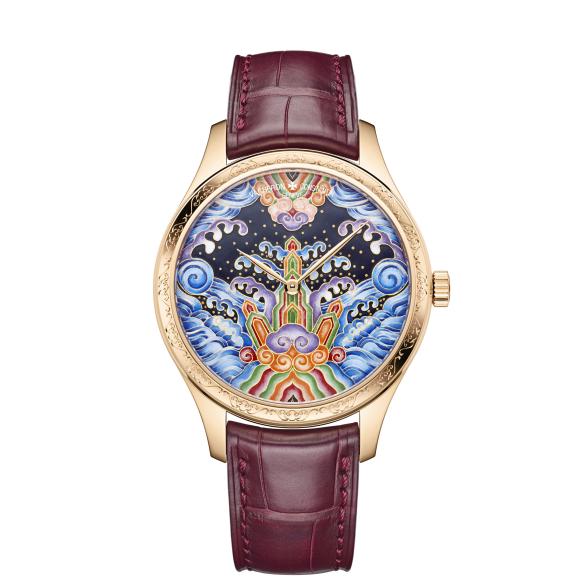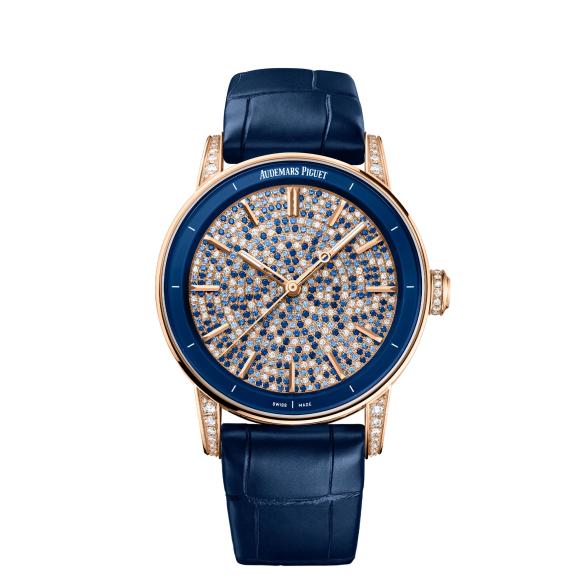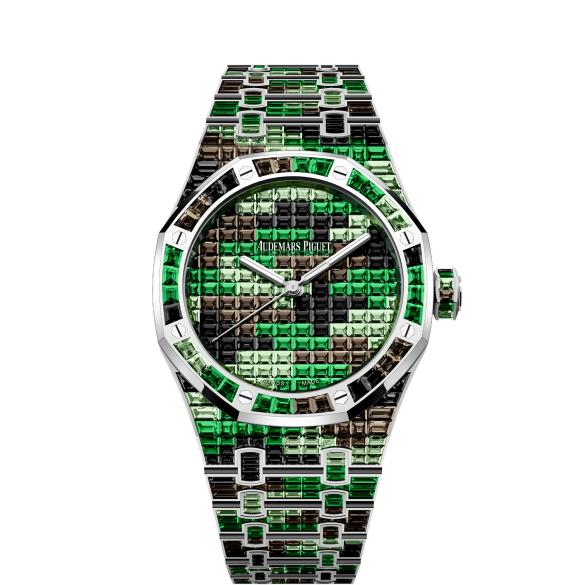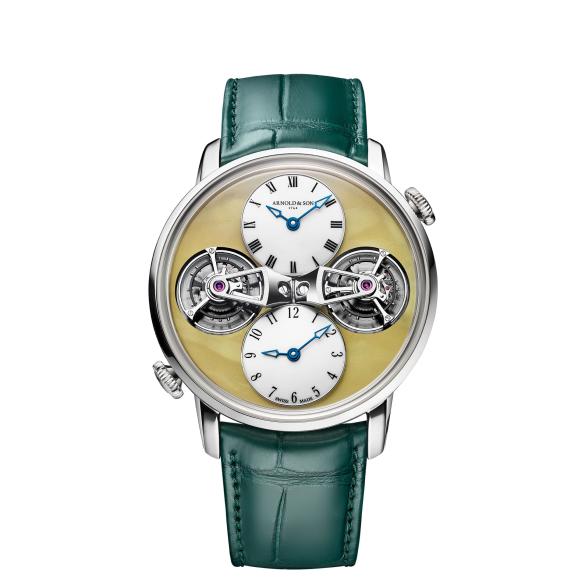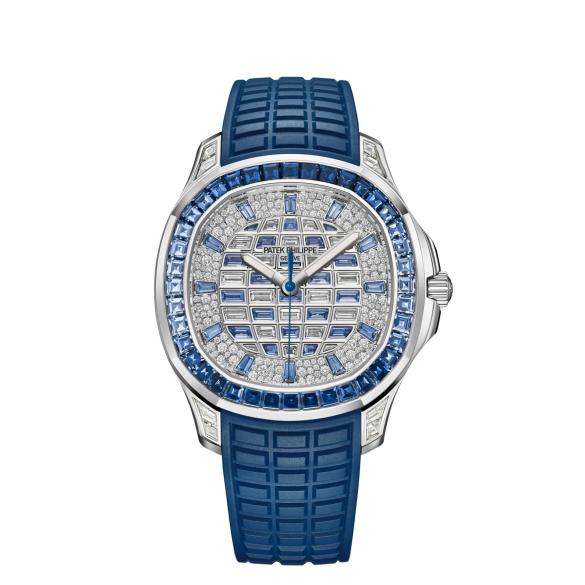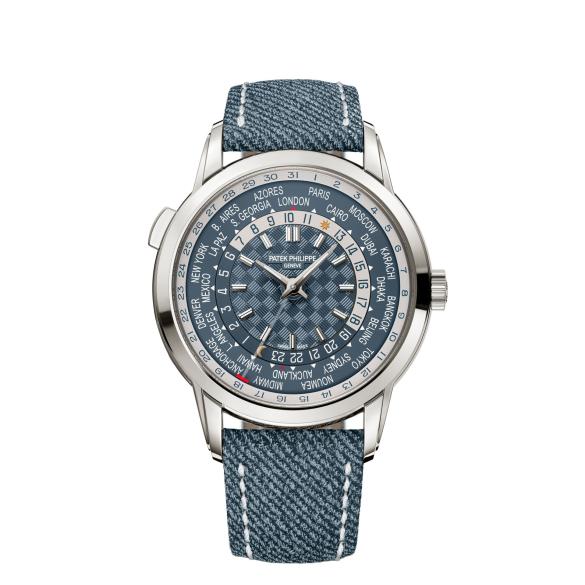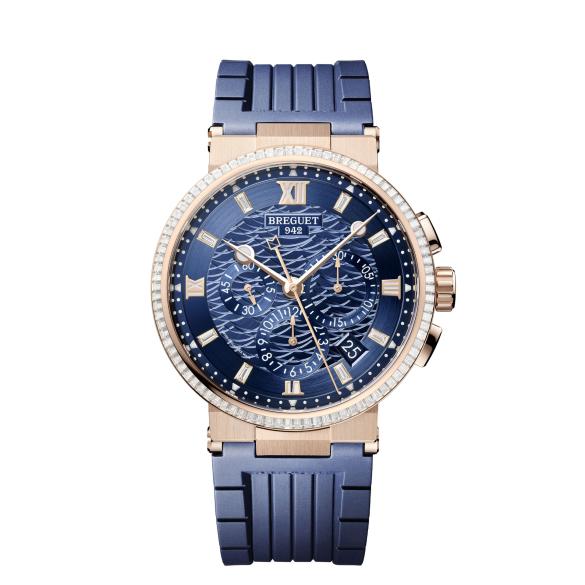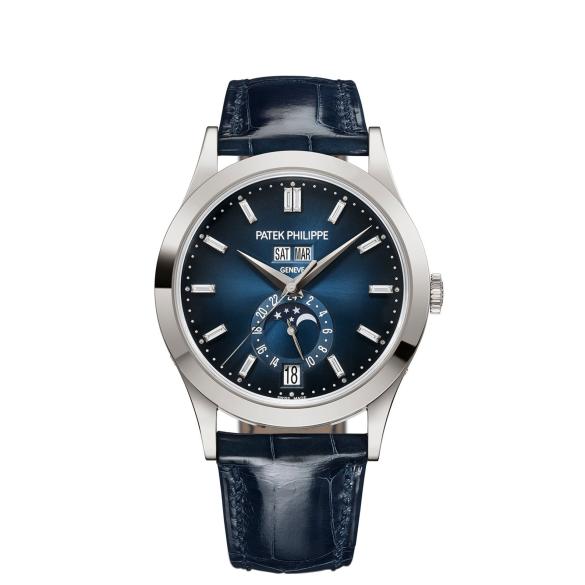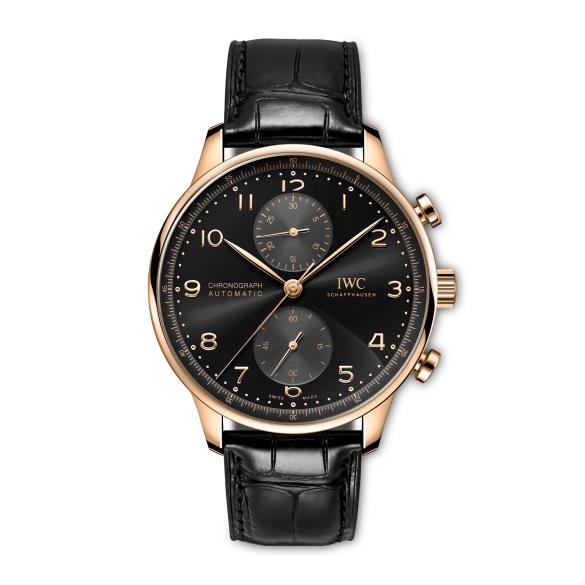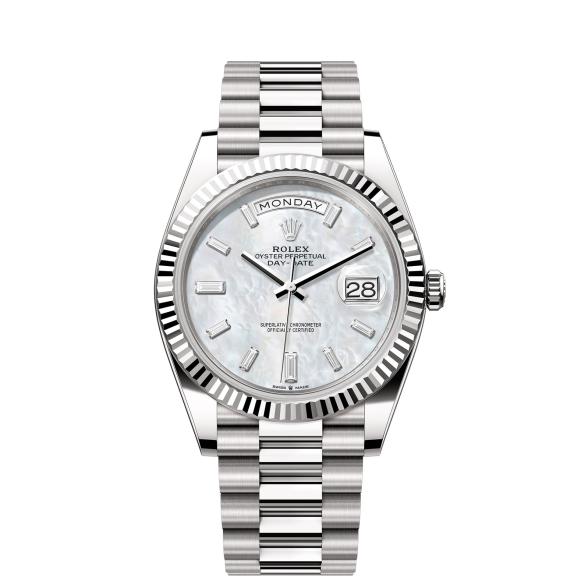VC presents four new models with the Vacheron Constantin Métiers d’Art – Tribute to traditional symbols – Eternal Flow & Moonlight Slivers
White gold
White gold is a popular alloy used in jewelry that has a silvery-white appearance, resembling the look of platinum. It is typically made by combining gold with one or more white metals, such as nickel, palladium, or silver. The addition of these white metals gives gold a whiter color compared to its natural yellow state.
.
The most common alloy used for white gold is a combination of gold with nickel or palladium. Additionally, rhodium, a shiny, reflective metal, is often plated onto white gold jewelry to enhance its appearance and provide extra durability. Rhodium plating gives white gold a bright, reflective surface and helps protect the underlying metal from scratches and tarnish.
.
White gold and rhodium plating are not friends
.
It’s important to note that the natural color of gold is yellow, and the term “white gold” refers to the color achieved through alloying rather than the existence of a naturally occurring white gold. The specific alloy composition can vary, and the choice of metals depends on factors such as desired color, durability, and any potential allergies or sensitivities.
.
Consumers should be aware that rhodium plating on white gold jewelry may wear off over time, revealing the underlying metal’s true color. Periodic re-plating may be necessary to maintain the bright white appearance. Additionally, some people may be allergic to nickel, so nickel-free white gold alloys are available to address this concern.
.
Hardness of white gold
.
The hardness of white gold can be higher than regular gold due to the alloying metals. It often is ranging from about 150 to 250 HV, depending on the specific composition while 18k or 14k gold does 120 to 200 HV.
.
Compare case materials on the Hardness Vickers scale (from hard to hardest):
.
| Carbon | 20-50 HV |
| Platinum | 40 HV (950 platinum: 80-135 HV) |
| Silver | 70-90 HV |
| Bronze | 60-150 HV (100-200 HV treated) |
| Aluminium | 120-200 HV |
| Gold | 120-200 HV (18k or 14k) |
| Palladium | 150-200 HV |
| White gold | 150-250 HV |
| Stainless steel | 150-250 HV (special 1200 HV) |
| Titanium | 150-200 HV (grade 2) / 300-400 HV (grade 5) |
| Ceramic | 1200-1400 HV (1500-2000 for alumina) |
| Sapphire | 2000-2300 HV |
.
Watches from white gold
Two new unique models with almost 900 diamonds and sapphires: the Audemars Piguet Code 11.59 Selfwinding 38 mm Gemset
Audemars Piguet Royal Oak Selfwinding 41 mm Camouflage Gemset
For Royal Oakies who don’t like rainbow colored gems here is the Audemars Piguet Royal Oak Selfwinding 41 mm Camouflage Gemset
The Arnold & Son Double Tourbillon White Gold Amber Edition is the second variant of the model with two tourbillons
Look at the Patek Philippe Aquanaut Luce Haute Joaillerie Ref. 5268/461G and you can count a total of 270 gemstones
The Patek Philippe World Time Date Ref. 5330G is a new addition to the permanent collection of the Swiss brand, here in white gold
The Breguet Marine Chronograph 5529 is the second chronograph in the current Marine collection, this time with a bezel full of gems
The Patek Philippe Annual Calendar Moon Phases Ref. 5396G is new, but you might already know the design and functions for many years
IWC Portugieser Chronograph 2024 with Dune, Obsidian or Horizon Blue dial
The IWC Portugieser Chronograph 2024 is all about new dials, coming from a process to make them more bright, with richer hues
Rolex Oyster Perpetual Day-Date 40 ref. 228239 (White gold / White Mother-of-Pearl)
The new Day-Date 40 with white mother-of-pearl dial is the Rolex Oyster Perpetual Day-Date 40 ref. 228239, executed in white gold
